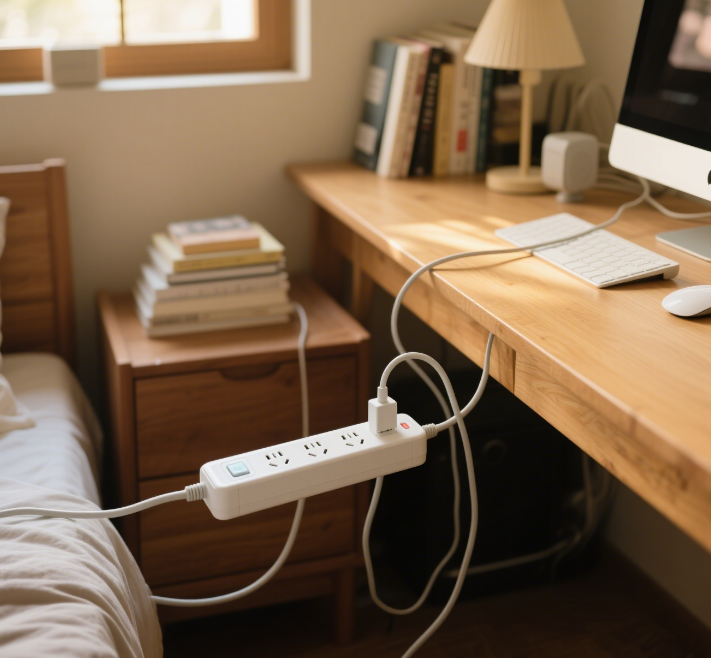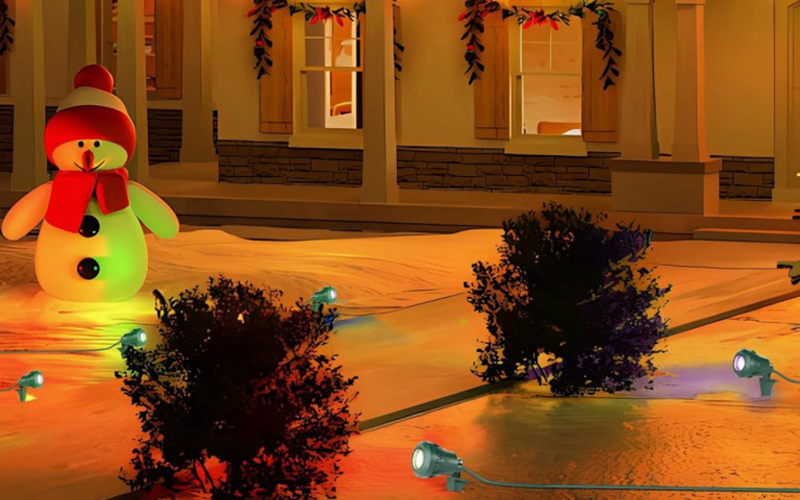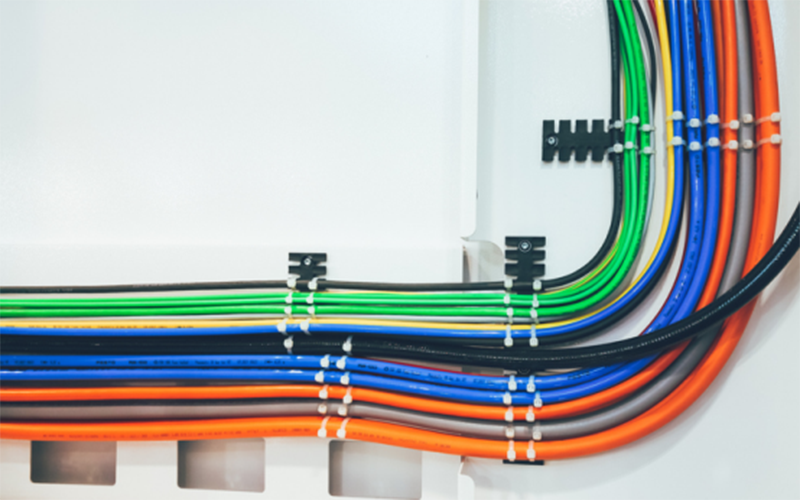The Vital Role of Surge Protectors in Safeguarding Your Electronics
Many people overlook the critical function surge protectors serve in shielding home appliances and electronic devices from damaging power surges. Imagine coming home after a long day, ready to unwind with your favorite show, only to find your TV unresponsive. Upon checking, you notice the surge protector’s indicator light is off, and flipping the switch back on restores power. This common scenario often results from a sudden power surge triggered by household appliances like refrigerators, power tools, or vacuums—any device that draws a high current and then abruptly shuts off.
Power surges are an inevitable occurrence in every household. For example, if you plug a vacuum into the same power strip as other electronics, a surge strong enough to trip the surge protector’s circuit breaker could still damage connected devices. Even minor fluctuations, like flickering lights when your refrigerator’s compressor kicks on, indicate temporary power draws that, while usually harmless, can strain older surge protectors. Over time, repeated surges degrade a protector’s ability to absorb excess voltage, increasing the risk of damage to connected electronics.
Surge protectors serve two key purposes: they provide multiple outlets for devices and act as a defense against electrical surges. Think of them like a dam regulating water flow—while a dam controls the amount of water entering a city to generate stable energy, a surge protector ensures only the correct amount of electricity reaches your devices. However, unlike a dam built to last decades, surge protectors wear out over time. Each surge they absorb diminishes their protective capacity, and eventually, they fail. When a surge occurs, the protector’s indicator light may trip, cutting power to prevent damage—a clear sign it’s doing its job.
The key takeaway? Surge protectors are not permanent solutions. Their lifespan depends on the frequency and intensity of surges they encounter. Using an outdated or worn-out protector can pose serious risks, leaving your electronics vulnerable. Recognizing the signs of a failing surge protector—such as frequent tripping or inconsistent performance—can help prevent costly damage and ensure your devices remain safe.

When Should You Replace Your Surge Protector?
Surge protectors are essential for safeguarding your electronics, but they don’t last forever. Over time, constant exposure to power surges wears them down, reducing their effectiveness. Here are key scenarios that indicate it’s time for a replacement:
- The Surge Protector Has Reached Its Lifespan
Most surge protectors last 2-3 years, depending on how many surges they’ve absorbed. Inside every protector are MOVs (Metal Oxide Varistors)—components that divert excess voltage away from your devices. Over time, these degrade with each surge, eventually burning out.
Warning Signs:
- The surge protection indicator light no longer turns on (only the power light remains).
- The protector stops supplying power altogether.
- After a Major Power Surge (Like a Lightning Strike)
While surge protectors handle everyday fluctuations, direct lightning strikes can overwhelm them. If your home experiences a severe power surge (e.g., from a storm), your protector may sacrifice itself to save your devices.
What to Do:
- Replace the surge protector after a major electrical event.
- Unplug devices during storms—no surge protector can fully block lightning.
- Physical Damage or Signs of Overheating
Surge protectors can fail due to environmental factors or wear. Watch for:
- Burning or smoky smells (indicates internal damage).
- Visible scorch marks or melted plastic.
- Moisture exposure (if placed in damp areas like basements or garages).
If you notice any of these, stop using it immediately and replace it.
- Daisy-Chaining Surge Protectors (A Big No!)
Plugging one surge protector into another ("daisy-chaining") is a fire hazard. Manufacturers explicitly warn against this because it:
- Overloads circuits, increasing fire risk.
- Reduces surge protection effectiveness.
Instead, use a single, high-quality surge protector with enough outlets for your needs.


 English
English 中文简体
中文简体














 NO.565,South of Xihuan Rd,Yuyao City Zhejiang China.
NO.565,South of Xihuan Rd,Yuyao City Zhejiang China. 0086-574-62599999/62593088
0086-574-62599999/62593088 0086-574-62598888
0086-574-62598888 ryan.yu@nbwell.com
ryan.yu@nbwell.com

